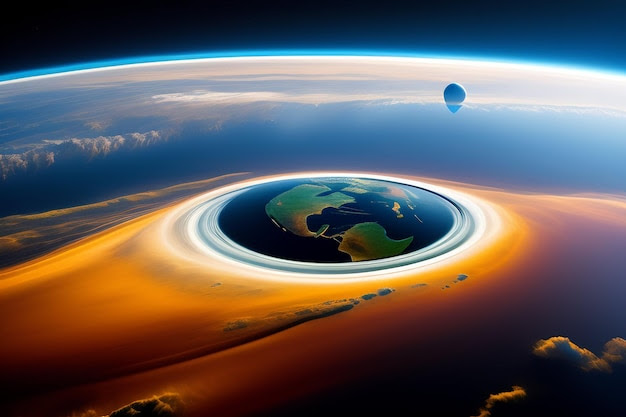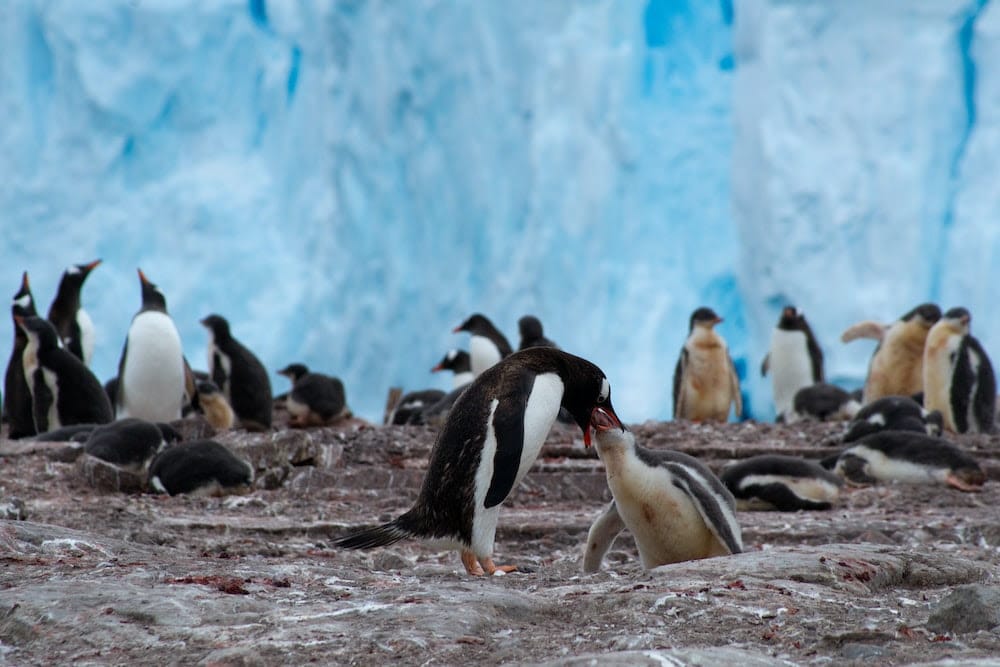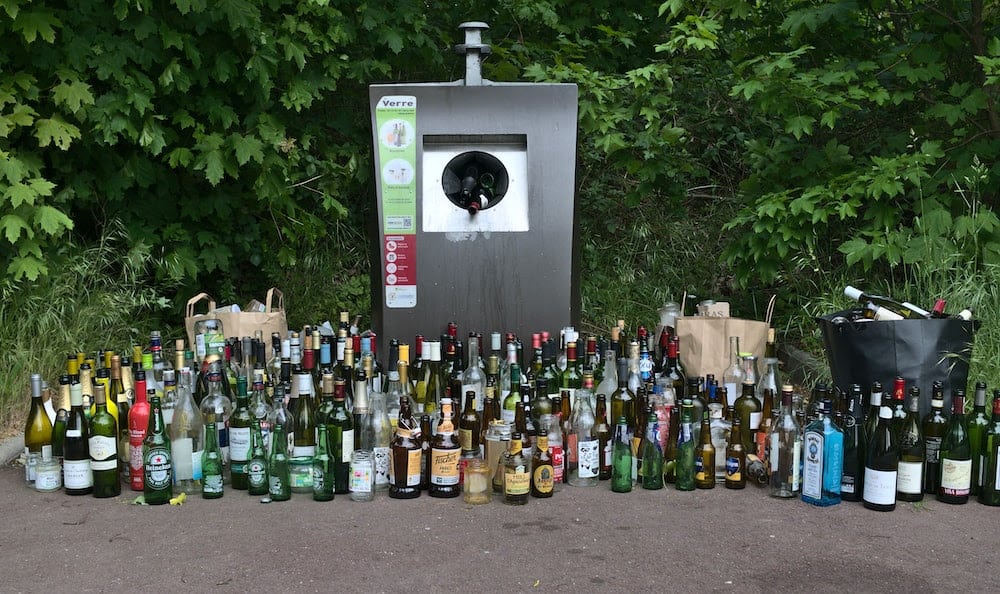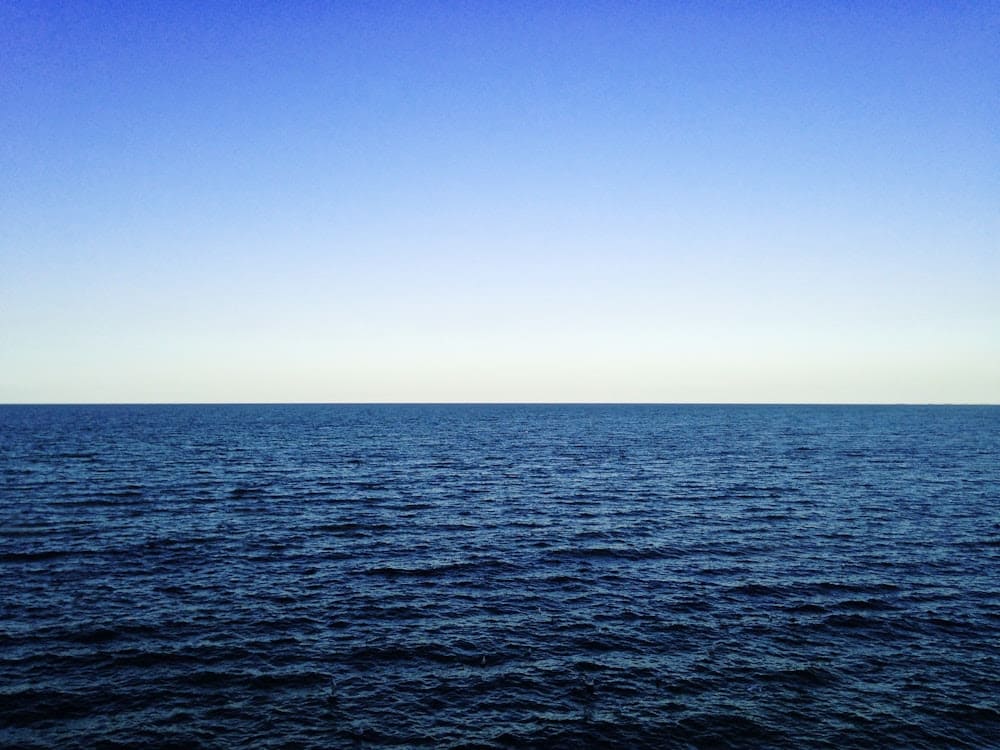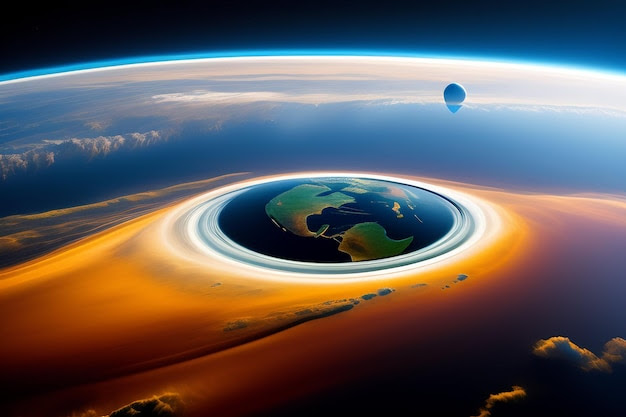
On Earth, before the appearance of life, the ozone layer did not exist. Sunlight and its harmful ultraviolet rays prevented any development of life on the continents. The sun’s rays could penetrate the oceans; visible rays penetrated deep, while ultraviolet (UV) rays were absorbed into the upper layers of the ocean. Life thus developed about 3.5 billion years ago, in the depths of the ocean, protected from UV radiation, but fed by visible light.
When the ozone hole was discovered in the early 1980s, we heard a lot about this fragile ozone layer, yet essential to life on Earth. What is the ozone layer? How and when did it form? What is its role? What are the natural mechanisms of ozone production and destruction? How did the ozone hole appear? What are the measures adopted by the international community to gradually stop the destruction of ozone? What instruments are used to monitor the ozone layer at all times.

PinteresOzone is a gas consisting of 3 oxygen atoms. It is a very minority gas in the atmosphere: 6 to 8 molecules of ozone at most on 1 million molecules of air. In the stratosphere, this gas forms a layer around 20 km of altitude, called the ozone layer. Attention! Ozone in the stratosphere, which forms the ozone layer, should not be confused with ozone at ground level, which is harmful to humans as a result of human activities.
The ozone layer has a primary role, because it absorbs ultraviolet rays, essentially UV-B rays harmful to all forms of animal and plant life. By preventing UV rays from reaching the ground, ozone protects all living things on the Earth’s surface.
The ozone layer protects us from UV (UltraViolet)
The ozone layer filters solar UV-B rays (solar radiation between 280 and 320 nm), which are the most dangerous. UV-A (320-400 nm) is poorly absorbed by the ozone layer.

UV-B has a harmful effect on all living organisms, terrestrial and aquatic, because they alter the DNA of the cells. High levels of UV-B radiation reduce photosynthesis and growth of vegetation and crops. In humans, increased UV-B radiation increases the risk of skin cancer, the occurrence of cataracts and weakens the immune system.
The UV index, created by WHO, is a scale for measuring the intensity of UV radiation. The UV index ranges from 0 (at night) to 11… but it can reach the value of 18 at the top of the Himalayas in June! When the ozone hole is present in Antarctica, the UV index can exceed level 11, and the UV doses received then exceed those received in California or North Africa in summer.

